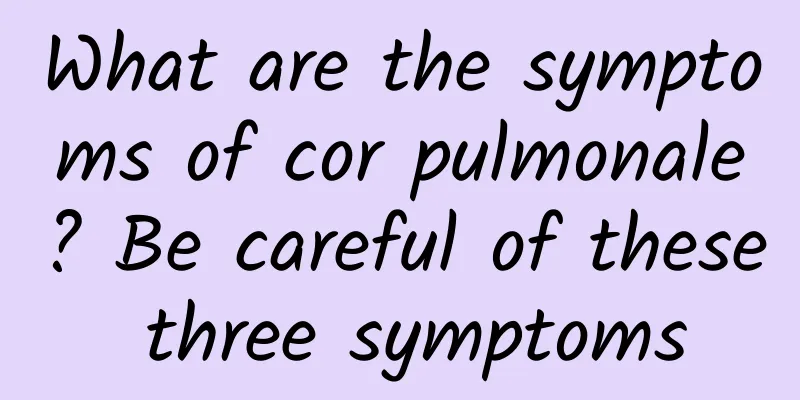Thyroid ultrasound echo uneven

|
Each of us should have a thyroid gland, but there are many problems with the thyroid gland, so we should use some methods to check the thyroid gland. B-ultrasound is the most common method of examination. Our thyroid gland may have uneven echoes, which should be taken seriously. So what's the matter with the uneven echoes of the thyroid gland in B-ultrasound? The thyroid B-ultrasound echo is uneven. This is a description of the thyroid B-ultrasound's morphology. This uneven echo indicates that the thyroid may have some bad lesions. For example, if you have a thyroid tumor or thyroid cancer, you need to combine it with a thyroid function test to see if there is any accompanying hyperthyroidism or hypothyroidism. Furthermore, if we want to determine the nature of thyroid lesions, we can perform a pathological examination of the thyroid to see whether there are malignant cells or cancer cells. Pathological examination is the gold standard for diagnosing the nature of lesions. It is now widely used in clinical practice, and the false positive and false negative rates of diagnosis are relatively low. Uneven thyroid echo can generally be considered as the presence of thyroiditis, but it does not rule out the possibility that it may be caused by other thyroid diseases. Further examination is needed to make a clear diagnosis. It is recommended to go to the hospital for five thyroid function tests to see if it is caused by hypothyroidism or hyperthyroidism. If all five thyroid function tests are normal, it is considered to be caused by thyroiditis. Most benign nodules, that is, more than 90% of benign nodules and almost all malignant nodules are hypoechoic nodules. Hypoechoic nodules may be malignant or benign, so they are not necessarily malignant. However, hypoechoic nodules generally require further examination to determine whether they are benign or malignant. The most common type of thyroid inflammation is subacute thyroiditis. Subacute thyroiditis often presents with pain in the front of the neck on one side, which may then spread to the opposite side or radiate to the base of the ear and neck. The pain is also quite severe and may also be accompanied by fever, muscle pain, and fatigue. The main manifestations of suppurative thyroiditis are local thyroid enlargement and pain, and may also be accompanied by systemic fever, fatigue and other symptoms. Local tenderness is quite obvious, and if suppuration occurs, there may be a sense of fluctuation. |
<<: Does female body coldness cause infertility?
>>: How can a woman with a cold body lose weight?
Recommend
Does moxibustion help pregnancy?
It is actually feasible to use moxibustion to hel...
How to treat blood heat fastest
Blood heat is a term in traditional Chinese medic...
Feet suddenly become very smelly body signs
If your feet don't usually smell, but suddenl...
Does erythematous gastritis mean inflammation in the stomach?
Stomach disease is an old problem for most people...
Acute peritonitis
I think we should be familiar with acute peritoni...
How to treat allergic conjunctivitis
Allergic conjunctivitis is an eye disease, most o...
What is the male chlamydia test?
Chlamydia is different from ordinary bacteria. It...
The medicinal value of centipedes
Centipede is also called Tianlong. Its economic v...
Treatment of hernia in women: surgery is the best treatment
Hernia, commonly known as "small intestinal ...
Will pseudowarts caused by fungal vaginitis disappear on their own?
Candidal vaginitis is a relatively common gynecol...
Ovarian tumors, these four symptoms are the most typical
Female friends should pay more attention to tumor...
What are the differences between Poria cocos and white Poria cocos?
Most people may have heard of white Poria cocos, ...
Fracture surgery process
If the fracture is serious, timely surgical treat...
Which organ does the heel correspond to?
The heel is the rearmost area of our foot, and ...
What causes cold hands and feet? Which type do you have?
Cold hands and feet indicate that our constitutio...









